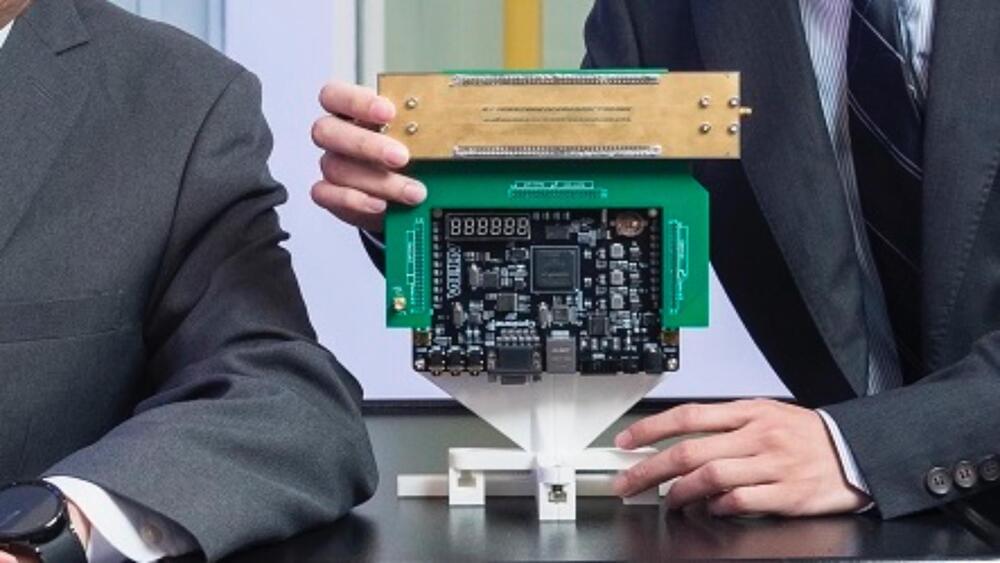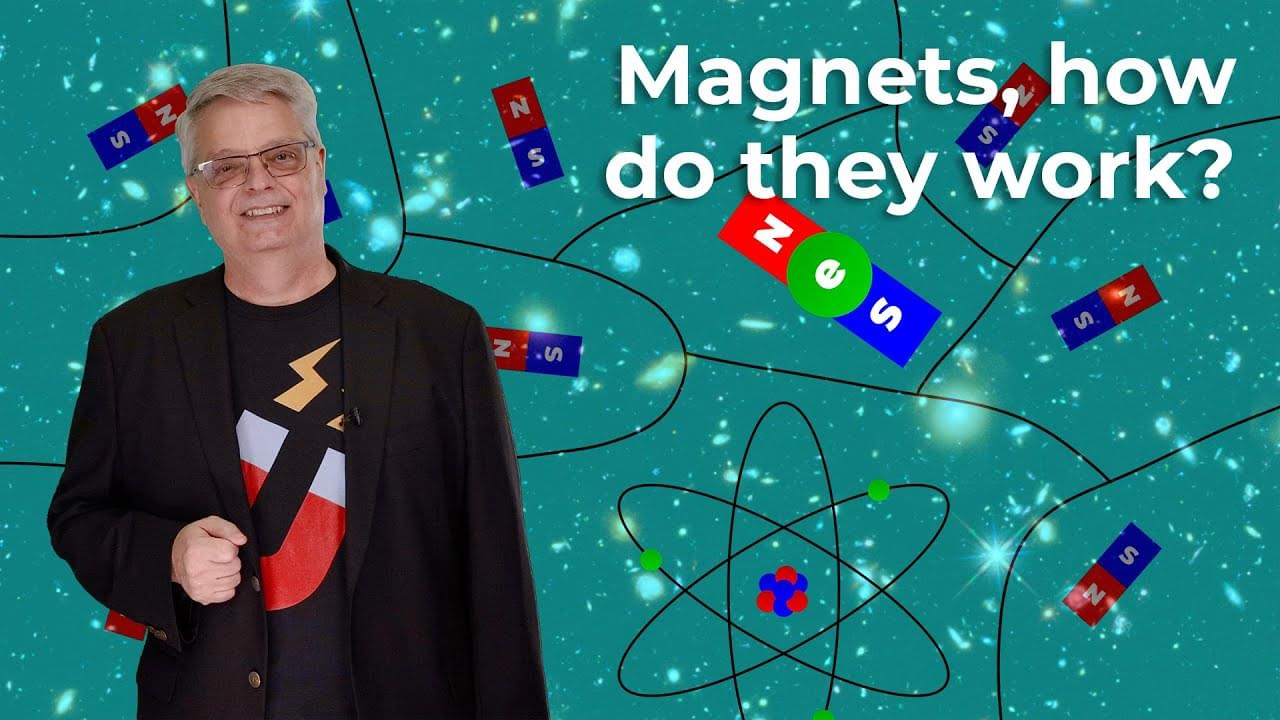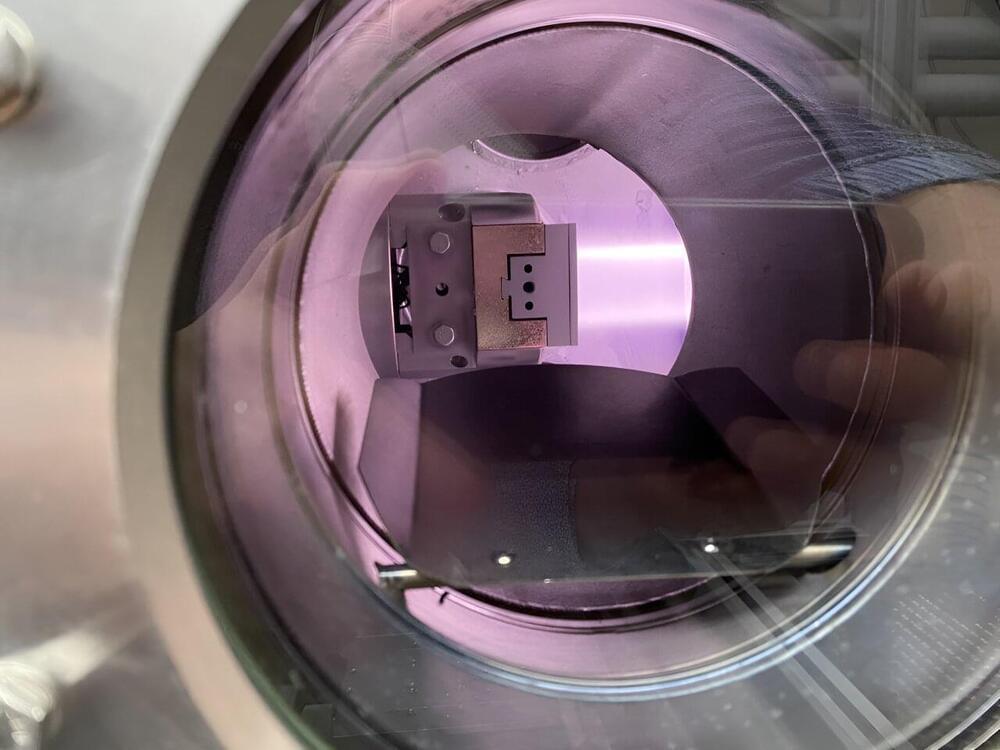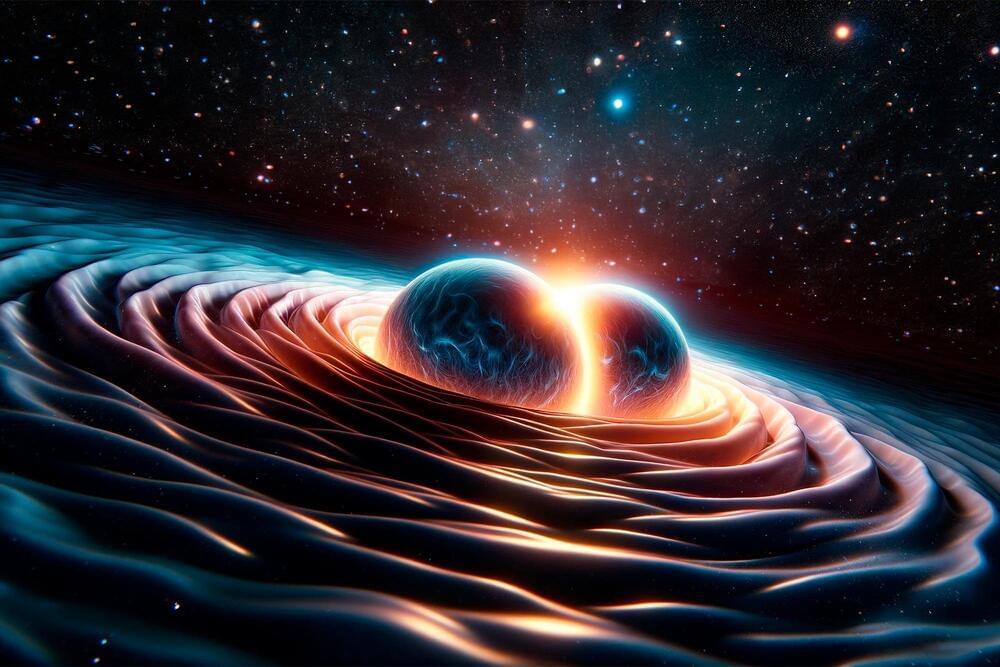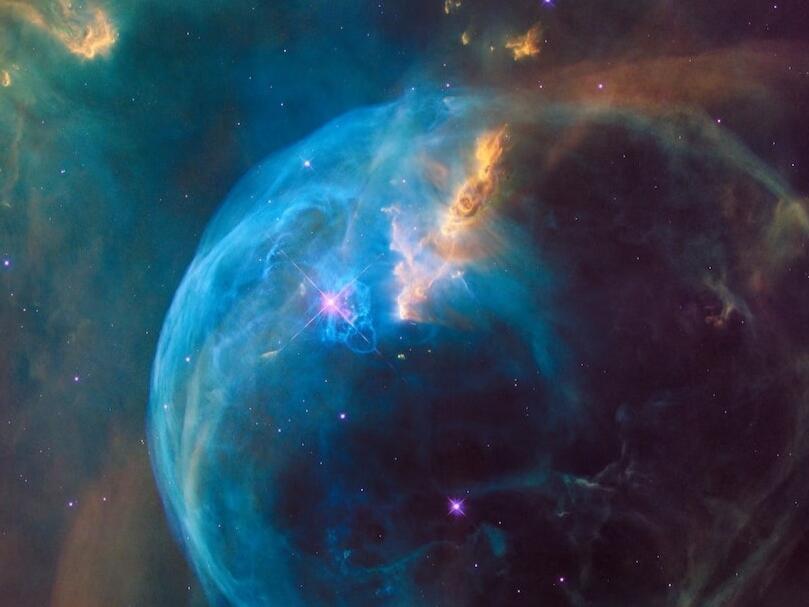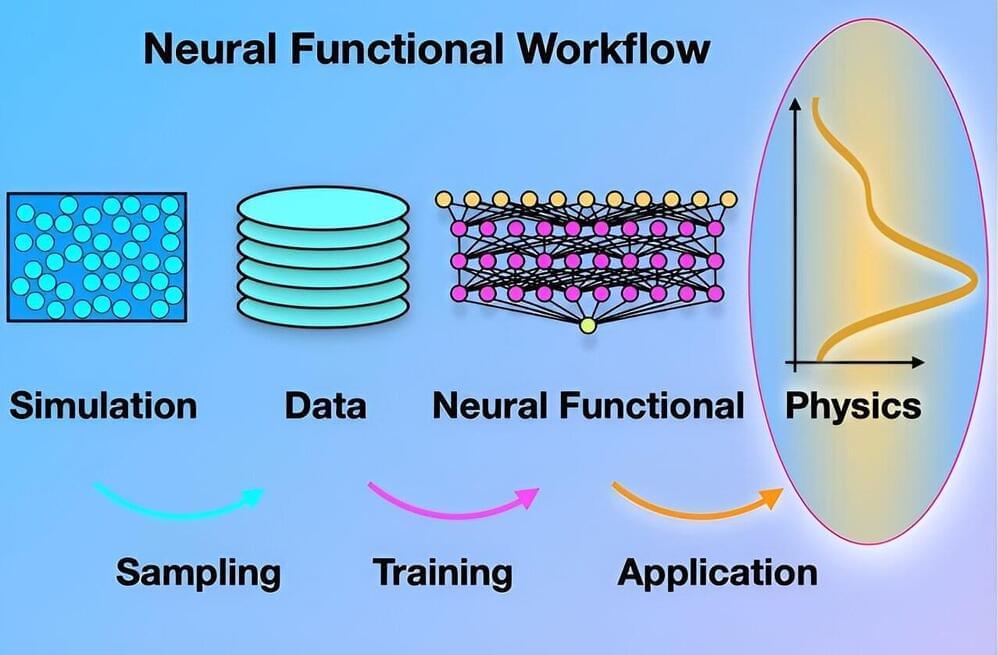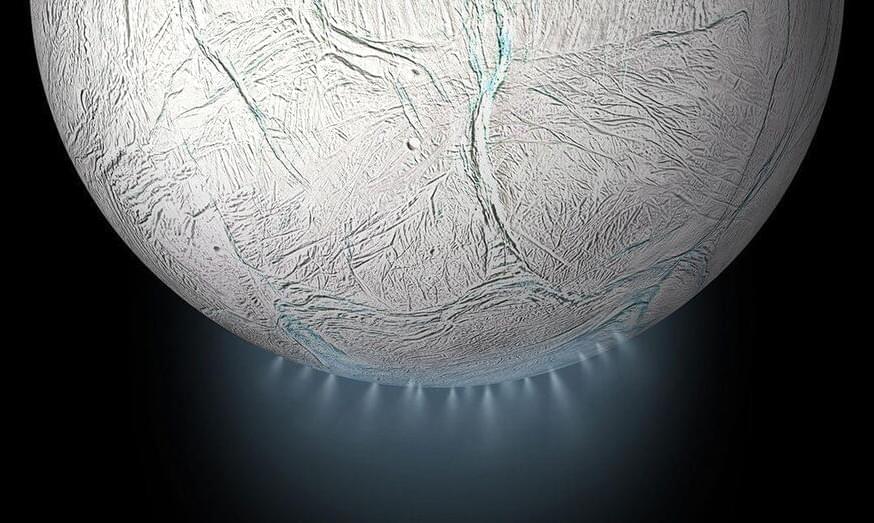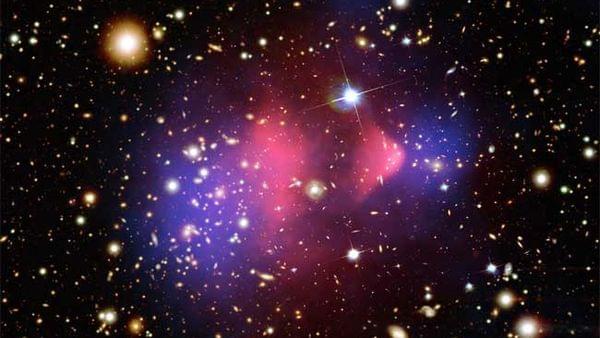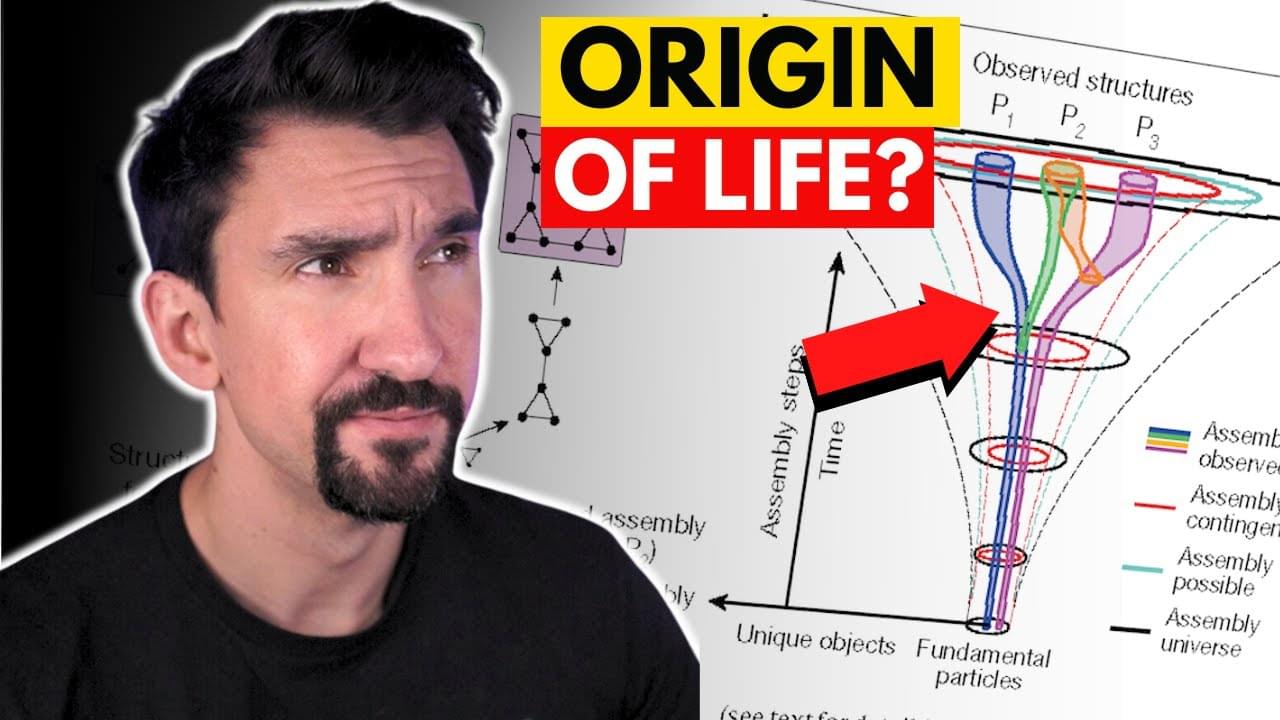Dec 16, 2023
Hong Kong develops world’s first antenna for ultra-secure 6G
Posted by Gemechu Taye in categories: computing, internet, physics
Researchers call it the ‘Holy Grail’ for physicists and engineers.
A group of researchers, led by Professor Chan Chi-hou from the City University of Hong Kong, created a special antenna that can control all five important aspects of electromagnetic waves using computer software.
The antenna, which they have named ’microwave universal metasurface antenna,’ is capable of dynamically, simultaneously, independently, and precisely manipulating all the essential properties of electromagnetic waves through software control.
Continue reading “Hong Kong develops world’s first antenna for ultra-secure 6G” »
